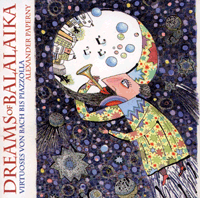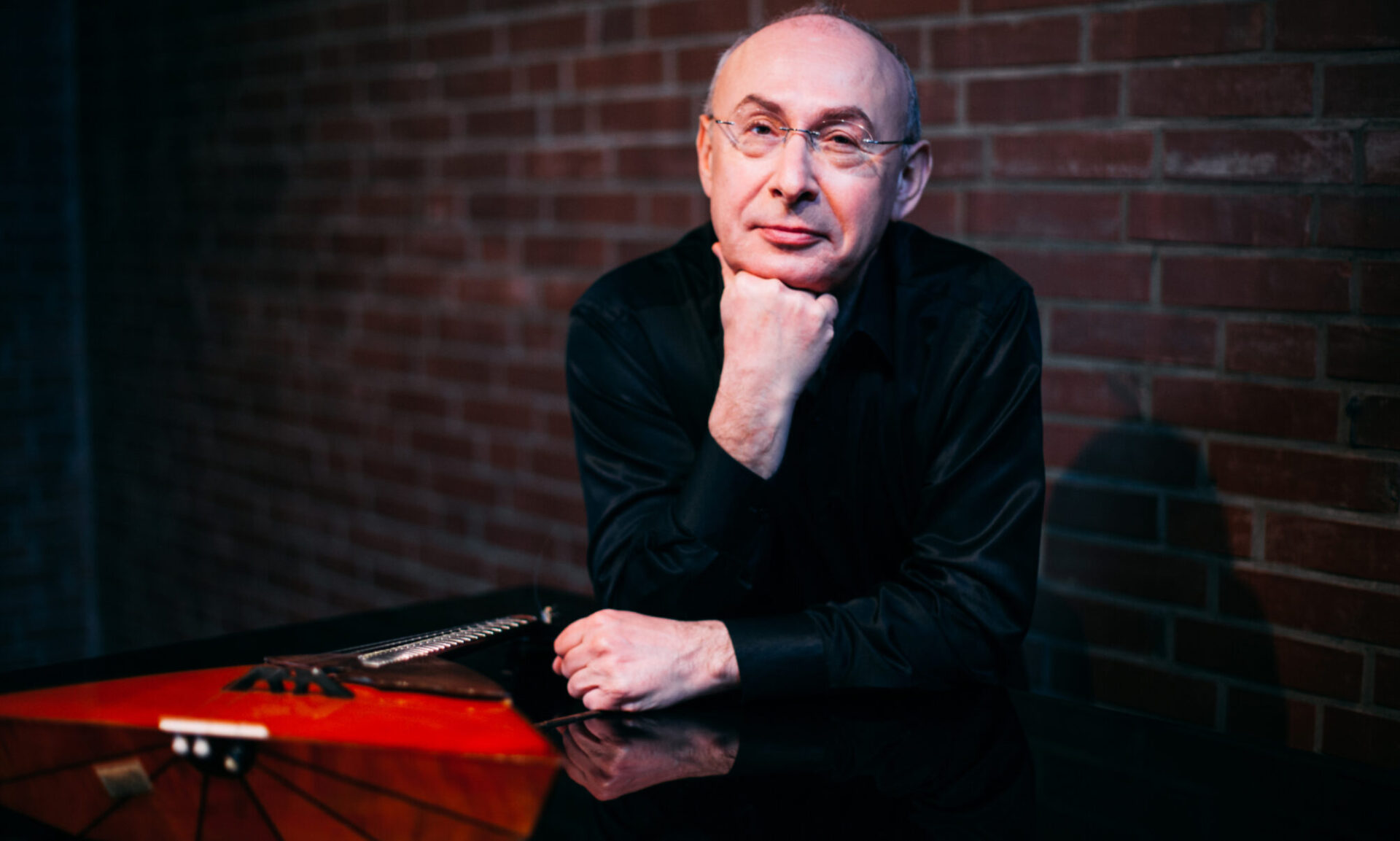 Dear friends of the balalaika!
Dear friends of the balalaika!
Here you hold it in your hands, my latest CD, recorded – which means lived through and suffered through – over a period of time of more than ten years, in various studios in Moscow and Hamburg. Even though my musical partners are quite different I appreciate them equally high: in the relation between our instruments we developed – with no regards to priorities – a chamber music-like intimacy.
We recorded music for the balalaika solo as well as duos together with piano, guitar, and bajan. Compositions by Bach, Mozart and the Baroque era are deliberately contrasted with music with a “national” flavour from Argentina, Brazil, France, and Russia. What may seem a hotchpotch has to me an innate logic: every title on this CD represents music with a strong lyrical sentiment, it is the beautiful melody which counts.
Almost all of the compositions represented here were not originally written for the balalaika but have been adapted for it by Russian virtuosos of this instrument (P. Necheporenko, O. Gitlin, W. Zazhigin) or they have been selected, arranged and are played here for the first time by my guitar-partner Wladimir Fridman and me.
Only three pieces (A Girl Dreaming in the Evening, In the Little Wood, The Lost Ring) are original compositions for the balalaika of which Zaiger´s Fantasy has to be regarded as especially modern and demanding.
The history of balalaika dates back not much longer than one hundred years. Because of this the repertory for the instrument is rather limited compared to that for e.g. the piano or the violin. To this adds that the balalaika, the “folklore” instrument, has been discovered only comparatively recently for the concert hall and the “classical” repertory: the instrument was for a a long time technically too little developed for a masterly manner of playing.
I regard the balalaika as a very special contribution of Russia to our joint culture. To me it improves the sound of several of the traditional instruments decisively. In pieces wich were originally written for harpsichord the balalaika obtains a multitude of tints, lending softness and sensuality to the dry and fugitive sound of the harpsichord. And in the Choros and Bossa Novas of Brazil it enhances the effect of the cavaquinho and the bandalim, for only the balalaika excites specific emotions by that vibrato which other instruments do not have. Equally significant for the balalaika are the intoxicating rhythms of the Argentine tango and the French musette. And which other instrument is more than the balalaika the very image of the Russian soul? With this recording we want to prove the many aspects of this fascinating instrument.
My special thanks go to my friends and partners who accompanied and supported me over the years, in music and in life. Also my teachers Alexander Sushkov, Oleg Gitlin and Valeri Zazhigin as well as Marina Wulfson who played a dominant role in my musical development.
